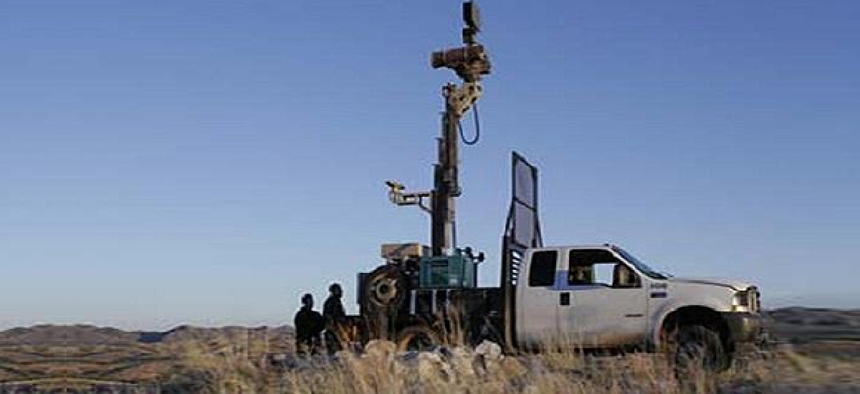GAO: CBP needs reliable metrics on border tech


Connecting state and local government leaders
Better tracking of performance of its surveillance technologies would help Customs and Border Protection quantify the impact these systems have on its mission, GAO says.
Under the 2014 Southwest Border Technology Plan, Customs and Border Protection has expanded surveillance capabilities in Arizona, California, New Mexico and Texas. But a recent report from the Government Accountability Office found more work needs to be done to improve quality of the surveillance data.
The report focused on the three most expensive surveillance programs: Integrated Fixed Tower, Remote Video Surveillance System and Mobile Surveillance Capability. IFT and RVSS use fixed cameras that are linked to command and control centers. MSC features truck-mounted radar and cameras that feed data to a display within the cab of the truck.
In 2014, CBP told GAO that it planned to develop objectives for performance metrics, including technology-assisted apprehensions and seizures, and establish a tool by the end of fiscal year 2015 to explain the qualitative and quantitative impacts of technology and tactical infrastructure on situational awareness in specific areas of the border environment. CBP provided GAO with a case study for assessed technology assist data in September 2016 that was limited to a single border location and to a limited analysis on select technologies.
To help connect agent actions with results, CBP officials in May 2017 demonstrated the new Tracking, Sign Cutting and Modeling system that would allow for a more comprehensive analysis of the contributions of the surveillance technology. GAO, however, found that the system is “still early in its use” and unable to provide support to decision makers based on performance indicators.
GAO also found issues with the “completeness and reliability” of the asset assist data for the Rio Grande Valley and Tucson sectors entered by agents into the CBP's e3 portal. CBP doesn’t have written guidance on how to oversee data integrity or conduct quality checks of asset assist data.
“Without sufficient guidance for sectors on how to enter and review asset-assist information, Border Patrol does not have reliable data on asset assists that could help monitor the contribution of surveillance technologies to Border Patrol apprehensions and seizures and inform resource allocation decisions,” the report said.
In response, CBP agreed to revise its training on asset assists to better explain how sectors should conduct data integrity checks, why the data is collected, how it can be used and why CBP needs to ensure that the data is accurately recorded. The training and video on asset assists will be completed by the end of February 2018.
Read the full report here.
NEXT STORY: 5 quick wins for digital transformation




